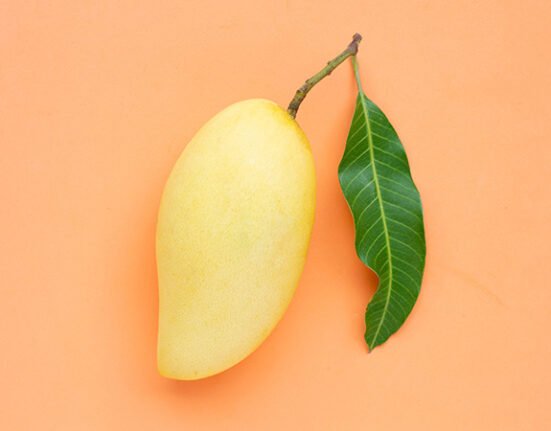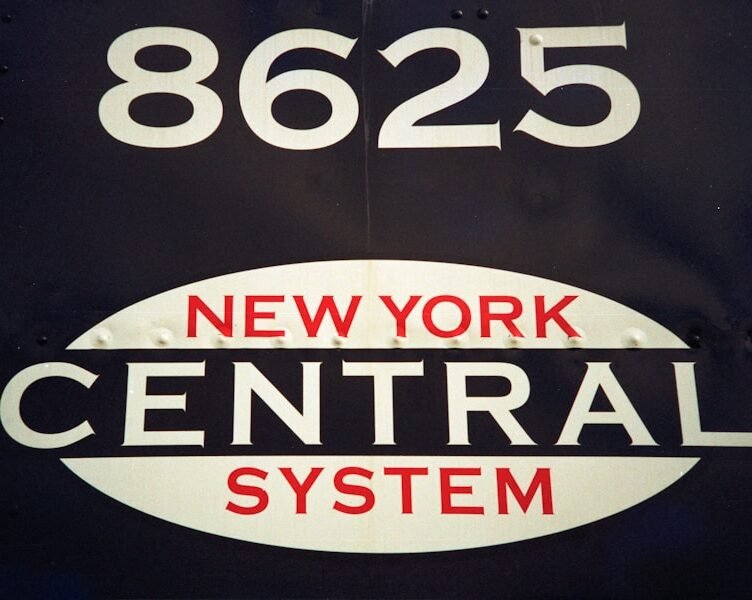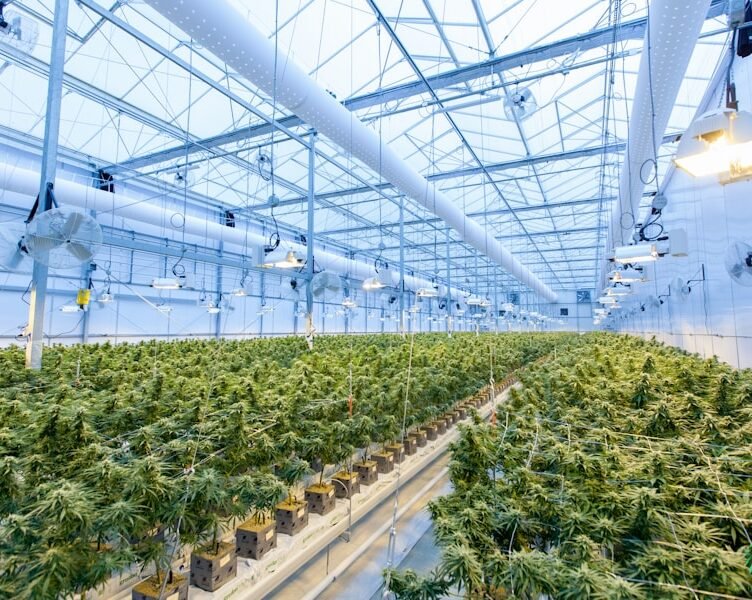When selecting a location for growing indoor herbal plants, several key factors must be taken into account. The ideal location should receive an abundance of natural light, have good air circulation, and maintain a consistent temperature. It is essential to avoid placing plants near heating or cooling vents, as sudden temperature fluctuations can cause stress.
Additionally, areas with drafts or near frequently opened doors and windows should be avoided. The amount of available space is another crucial consideration. Certain herbs, such as basil and mint, can grow quite large, so it is vital to choose a location that allows for unhindered growth.
The proximity of other plants should also be considered, as some herbs can be sensitive to specific plant species. When choosing a location for indoor herbal plants, natural light is a top priority. Most herbs require a minimum of 6-8 hours of direct sunlight per day, so a location that receives ample sunlight throughout the day is ideal.
The temperature and humidity of the location are also critical factors. Herbs thrive in warm, humid environments, so a location that is neither too hot nor too dry is optimal. Finally, the available space for the plants must be considered, as some herbs can grow quite large and require room to expand.
Key Takeaways
- Choose a location with ample natural light and good air circulation for indoor herbal plants
- Understand the specific light requirements of different herbs and provide appropriate lighting
- Maintain proper temperature and humidity levels to create an optimal growing environment
- Select well-draining soil and suitable containers for indoor herbal plants
- Provide adequate water and nutrients while being mindful not to overwater or over-fertilize
Understanding Light Requirements for Indoor Herbal Plants
Considering the Specific Needs of Each Herb
When it comes to understanding light requirements for indoor herbal plants, it’s essential to consider the specific needs of each individual herb. Some herbs, such as basil and parsley, require full sun to thrive, while others, such as mint and chives, can tolerate partial shade. Researching the specific light requirements of each herb is crucial to provide the best growing environment.
Direction and Duration of Light Exposure
In addition to understanding the specific light requirements of each herb, it’s important to consider the direction and duration of light exposure. South-facing windows typically receive the most sunlight throughout the day, making them an ideal location for herbs that require full sun. Most herbs require at least 6-8 hours of sunlight per day to thrive. If natural light is not available for this duration, supplemental grow lights can be used to provide the necessary light.
Using Grow Lights Effectively
When using grow lights, it’s essential to position them at the correct distance from the plants to prevent burning or stunting growth. This will ensure that the plants receive the necessary light without being damaged. By understanding the light requirements for indoor herbal plants and using grow lights effectively, you can create an optimal growing environment for your herbs.
Providing the Best Growing Environment
Overall, understanding the light requirements for indoor herbal plants is crucial for their overall health and growth. By considering the specific needs of each herb, the direction and duration of light exposure, and using grow lights effectively, you can provide the best growing environment for your indoor herbal plants.
Maintaining Proper Temperature and Humidity Levels
Maintaining proper temperature and humidity levels is crucial for the overall health and growth of indoor herbal plants. Most herbs thrive in warm, humid environments, so it’s important to choose a location that provides these conditions. The ideal temperature for most herbs is between 65-75 degrees Fahrenheit during the day and slightly cooler at night.
Additionally, it’s important to maintain proper humidity levels in order to prevent the plants from drying out. This can be achieved by using a humidifier or by placing a tray of water near the plants to increase moisture in the air. In addition to maintaining proper temperature and humidity levels, it’s important to consider air circulation in the growing environment.
Proper air circulation is crucial for preventing mold and mildew from developing on the plants. This can be achieved by using a fan or by opening windows periodically to allow fresh air to circulate throughout the space. Overall, maintaining proper temperature and humidity levels is crucial for the overall health and growth of indoor herbal plants.
Maintaining proper temperature and humidity levels is crucial for the overall health and growth of indoor herbal plants. Most herbs thrive in warm, humid environments, so it’s important to choose a location that provides these conditions. The ideal temperature for most herbs is between 65-75 degrees Fahrenheit during the day and slightly cooler at night.
Additionally, it’s important to maintain proper humidity levels in order to prevent the plants from drying out. This can be achieved by using a humidifier or by placing a tray of water near the plants to increase moisture in the air. In addition to maintaining proper temperature and humidity levels, it’s important to consider air circulation in the growing environment.
Proper air circulation is crucial for preventing mold and mildew from developing on the plants. This can be achieved by using a fan or by opening windows periodically to allow fresh air to circulate throughout the space. Overall, maintaining proper temperature and humidity levels is crucial for the overall health and growth of indoor herbal plants.
Selecting the Best Soil and Containers for Indoor Herbal Plants
| Factors | Optimisation Techniques |
|---|---|
| Lighting | Use full-spectrum LED grow lights, adjust light intensity and duration based on plant’s needs |
| Temperature | Maintain consistent temperature between 65-75°F, use heaters or fans if needed |
| Humidity | Keep humidity levels between 40-60%, use a humidifier or dehumidifier as necessary |
| Air Circulation | Ensure good air flow with fans, avoid stagnant air around plants |
| Watering | Water plants as needed, avoid overwatering and ensure proper drainage |
| Soil and Nutrients | Use well-draining soil, fertilize with balanced nutrients, and monitor pH levels |
| Pruning and Maintenance | Regularly prune and inspect plants for pests or diseases, provide support if needed |
Selecting the best soil and containers for indoor herbal plants is crucial for their overall health and growth. When it comes to choosing soil, it’s important to select a well-draining potting mix that provides adequate nutrients for the plants. Most herbs prefer slightly acidic soil with a pH level between 6.0-7.0.
Additionally, it’s important to choose containers with drainage holes in order to prevent water from pooling at the bottom and causing root rot. When selecting containers, it’s also important to consider the size of the plant and its root system. Some herbs, such as basil and mint, have extensive root systems and require larger containers in order to thrive.
In addition to selecting the best soil and containers for indoor herbal plants, it’s important to consider repotting as the plants grow. As herbs grow, they may outgrow their containers and become root-bound, which can stunt their growth. It’s important to repot herbs into larger containers as needed in order to provide ample space for their root systems to grow.
Additionally, it’s important to refresh the soil periodically in order to provide fresh nutrients for the plants. Overall, selecting the best soil and containers for indoor herbal plants is crucial for their overall health and growth. Selecting the best soil and containers for indoor herbal plants is crucial for their overall health and growth.
When it comes to choosing soil, it’s important to select a well-draining potting mix that provides adequate nutrients for the plants. Most herbs prefer slightly acidic soil with a pH level between 6.0-7.0. Additionally, it’s important to choose containers with drainage holes in order to prevent water from pooling at the bottom and causing root rot.
When selecting containers, it’s also important to consider the size of the plant and its root system. Some herbs, such as basil and mint, have extensive root systems and require larger containers in order to thrive. In addition to selecting the best soil and containers for indoor herbal plants, it’s important to consider repotting as the plants grow.
As herbs grow, they may outgrow their containers and become root-bound, which can stunt their growth. It’s important to repot herbs into larger containers as needed in order to provide ample space for their root systems to grow. Additionally, it’s important to refresh the soil periodically in order to provide fresh nutrients for the plants.
Overall, selecting the best soil and containers for indoor herbal plants is crucial for their overall health and growth.
Providing Adequate Water and Nutrients for Healthy Growth
Providing adequate water and nutrients is crucial for healthy growth of indoor herbal plants. When it comes to watering herbs, it’s important to water them consistently but not excessively. Overwatering can lead to root rot and other issues, so it’s important to allow the soil to dry out slightly between waterings.
Additionally, it’s important to water herbs at their base rather than from above in order to prevent moisture from accumulating on their leaves, which can lead to mold and mildew. In addition to providing adequate water, it’s important to fertilize indoor herbal plants regularly in order to provide them with essential nutrients for healthy growth. Most herbs benefit from a balanced liquid fertilizer applied every 2-4 weeks during their growing season.
It’s important to follow the instructions on the fertilizer label in order to avoid over-fertilizing, which can lead to nutrient burn and other issues. Overall, providing adequate water and nutrients is crucial for healthy growth of indoor herbal plants. Providing adequate water and nutrients is crucial for healthy growth of indoor herbal plants.
When it comes to watering herbs, it’s important to water them consistently but not excessively. Overwatering can lead to root rot and other issues, so it’s important to allow the soil to dry out slightly between waterings. Additionally, it’s important to water herbs at their base rather than from above in order to prevent moisture from accumulating on their leaves, which can lead to mold and mildew.
In addition to providing adequate water, it’s important to fertilize indoor herbal plants regularly in order to provide them with essential nutrients for healthy growth. Most herbs benefit from a balanced liquid fertilizer applied every 2-4 weeks during their growing season. It’s important to follow the instructions on the fertilizer label in order to avoid over-fertilizing, which can lead to nutrient burn and other issues.
Controlling Pests and Diseases in the Indoor Growing Environment
Common Pests Affecting Indoor Herbal Plants
Aphids, spider mites, whiteflies, and mealybugs are common pests that can affect indoor herbal plants. Regular inspection of plants for signs of pests is essential, and immediate action should be taken if any are found. This can include removing affected leaves or using natural pest control methods such as neem oil or insecticidal soap.
Preventing Diseases in Indoor Herbal Plants
In addition to pests, indoor herbal plants are also susceptible to diseases such as powdery mildew and root rot. Maintaining proper air circulation and avoiding overwatering can help prevent these issues from developing.
Taking Action Against Pests and Diseases
If pests or diseases do occur, it’s essential to take action immediately to prevent them from spreading throughout the growing environment. This can include removing affected leaves, using natural pest control methods, or treating diseases with fungicides. By taking prompt action, you can maintain a healthy growing environment for your indoor herbal plants.
Tips for Pruning and Harvesting Indoor Herbal Plants
Pruning and harvesting are essential tasks when growing indoor herbal plants. Pruning helps promote healthy growth by removing dead or damaged leaves, encouraging new growth, and maintaining an attractive shape. It’s important to use clean, sharp scissors or pruning shears when pruning herbs in order to prevent damage to the plant.
When harvesting herbs, it’s important to do so carefully in order to avoid damaging the plant. It’s best to harvest herbs in the morning, when their essential oils are most concentrated, and before they flower, as this is when they are at their peak flavor. Overall, pruning and harvesting are essential tasks when growing indoor herbal plants, and when done properly, they can help promote healthy growth and ensure a bountiful harvest.
Pruning helps promote healthy growth by removing dead or damaged leaves, encouraging new growth, and maintaining an attractive shape. It’s important to use clean, sharp scissors or pruning shears when pruning herbs in order to prevent damage to the plant. When harvesting herbs, it’s important to do so carefully in order to avoid damaging the plant.
It’s best to harvest herbs in the morning, when their essential oils are most concentrated, and before they flower, as this is when they are at their peak flavor. Overall, pruning and harvesting are essential tasks when growing indoor herbal plants, and when done properly, they can help promote healthy growth and ensure a bountiful harvest. In conclusion, optimizing the growing environment for indoor herbal plants requires careful consideration of several key factors, including choosing the right location, understanding light requirements, maintaining proper temperature and humidity levels, selecting the best soil and containers, providing adequate water and nutrients, controlling pests and diseases, and pruning and harvesting properly.
By taking these factors into account and providing a suitable growing environment, it is possible to successfully grow healthy, flavorful herbs indoors year-round. With proper care and attention, indoor herbal plants can thrive and provide a bountiful harvest for culinary use, medicinal purposes, or simply enjoyment.
FAQs
What are the key factors to consider when optimizing the growing environment for indoor herbal plants?
The key factors to consider when optimizing the growing environment for indoor herbal plants include light, temperature, humidity, air circulation, and soil quality.
How can I provide the right amount of light for indoor herbal plants?
You can provide the right amount of light for indoor herbal plants by placing them near a south-facing window or using artificial grow lights to supplement natural light.
What is the ideal temperature range for indoor herbal plants?
The ideal temperature range for indoor herbal plants is typically between 60-75°F (15-24°C) during the day and slightly cooler at night.
How can I maintain the right humidity levels for indoor herbal plants?
You can maintain the right humidity levels for indoor herbal plants by using a humidifier, grouping plants together to create a microclimate, or misting the plants regularly.
Why is air circulation important for indoor herbal plants?
Air circulation is important for indoor herbal plants because it helps prevent the buildup of moisture, reduces the risk of pests and diseases, and strengthens the plants’ stems.
What type of soil is best for indoor herbal plants?
The best type of soil for indoor herbal plants is a well-draining potting mix that is rich in organic matter and provides good aeration for the plant roots.







